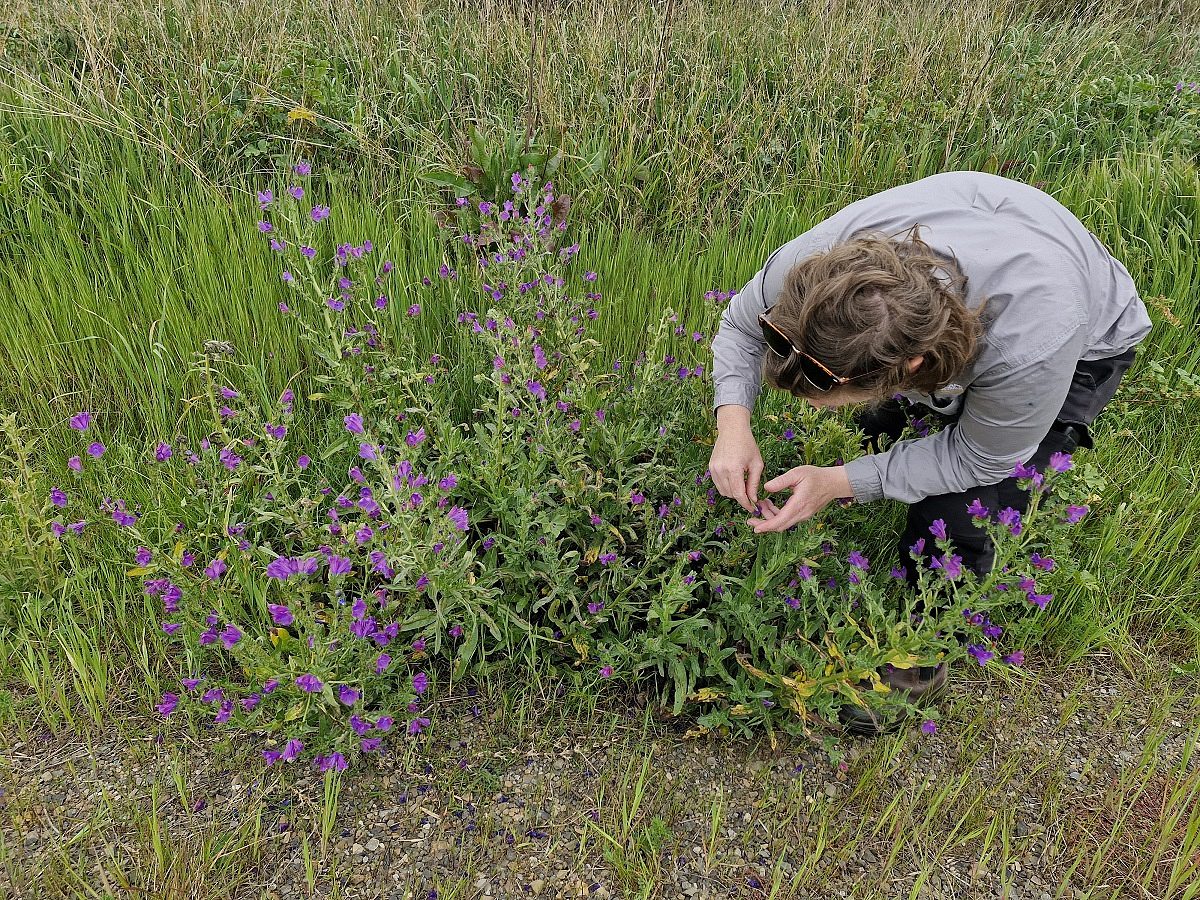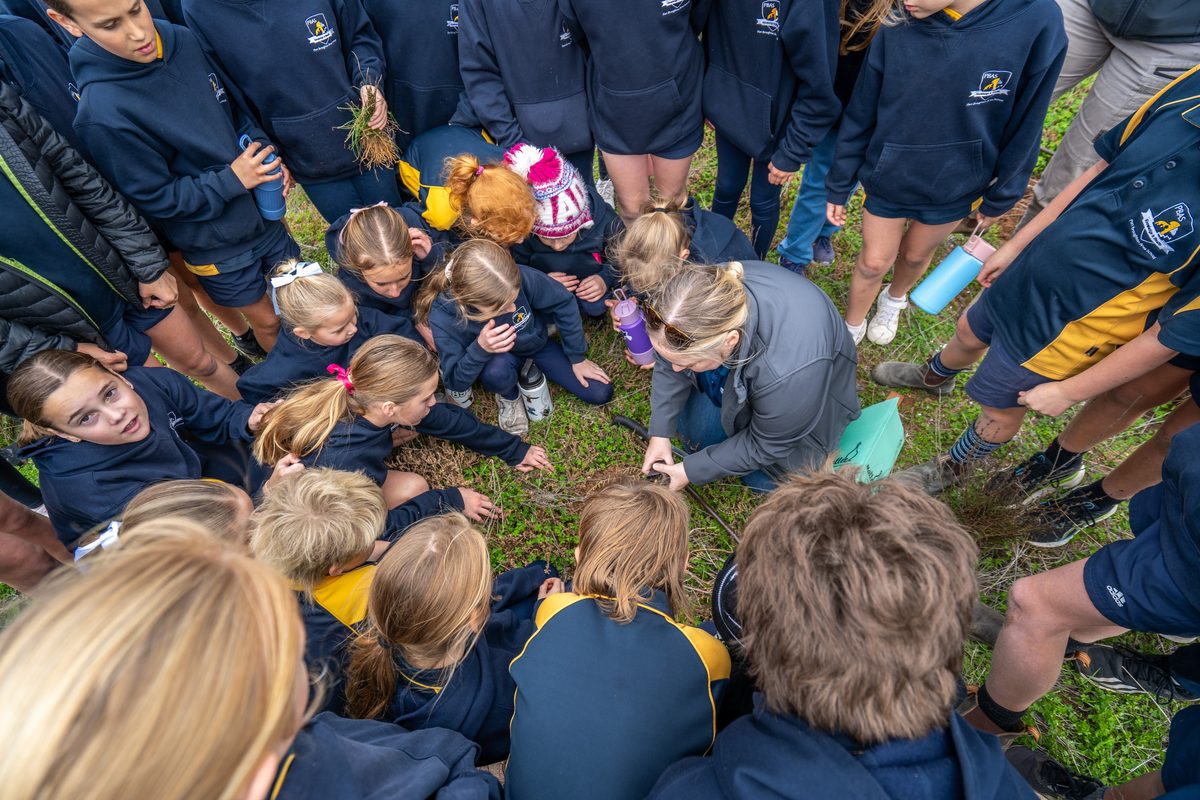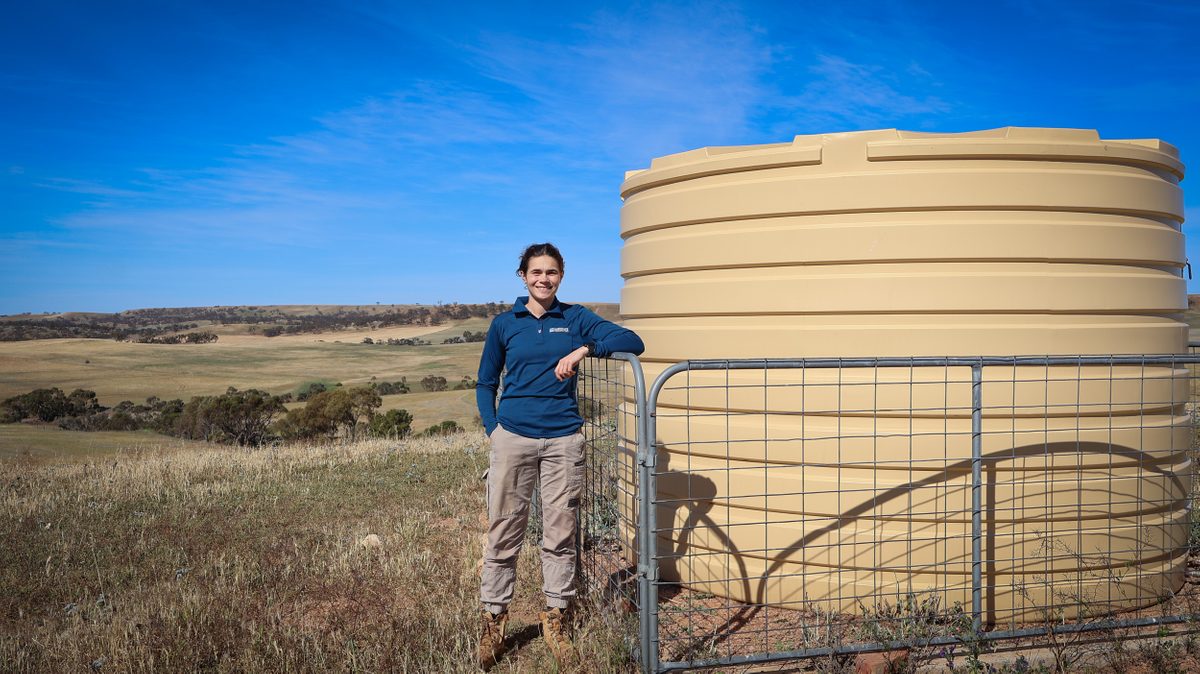Landholders unite for Rangeland goat and rabbit control
More than 30 landholders have come together to successfully remove close to 7000 feral goats and more than 2750 rabbit warrens across high biodiversity value areas in the Eastern Rangelands of South Australia.
More than 30 landholders have come together to successfully remove close to 7000 feral goats and more than 2750 rabbit warrens across high biodiversity value areas in the Eastern Rangelands of South Australia.
This operation was achieved by landholders and government agencies working together to take a landscape approach to pest animal management which aims to protect natural biodiversity and livestock through reducing unwanted grazing from feral goat and rabbit populations.
Burra to Olary Ranges Project Officer Rebecca O’Leary, from Natural Resources Northern and Yorke said, “the Eastern Rangelands of South Australia are known for their unique biodiversity value.
“Feral goats and rabbits place significant pressure on native flora and fauna in the Rangelands through competitive grazing for food, water and shelter.
“Pest animals further impact pastoral properties by degrading soil structure and posing direct competition to sheep.”
Through the Burra to Olary Ranges Rabbit and Feral Goat Control Project, a strong network of stakeholders has been formed to take a coordinated approach to feral goat control in the South Australian Rangelands.
The network is represented by pastoral landholders, freehold landholders, Natural Resources Northern and Yorke, Rangelands Natural Resources Management, Burra Rangelands Action Group, Natural Resources South Australian Murray-Darling Basin, Natural Resources South Australian Arid Lands and non-government conservation reserve.
“The aerial operations achieved the removal of 6916 feral goats, including 4411 mustered and 2505 culled across thirty-one properties where goat populations were inaccessible and too rugged to be mustered using motorbikes,” Ms O’Leary said.
“Isolated breeding groups and population hotspots were targeted through the ranges.
“Extensive rabbit ripping focused on the BRAG area and Bimbowrie Conservation Park, resulting in the destruction of more than 2750 warrens.”
Tony Connell is a participating landholder from Collinsville.
“Having a large scale program that goes towards helicopter mustering of goats and rabbit warren ripping is a win-win for the landholders and the rangeland environment. It was a successful operation and well-co-ordinated,” Mr Connells said, Reg Hams from Tuiklilkey said, “taking part in this program alongside other landholders was just brilliant.”
The project applies an integrated approach to pest management which includes the purchase of a portable trap/muster yard for goats based at Bimbowrie Conservation Park and grant funding to establish nine permanent goat trap yards around watering points.
The project aims to continue to work with landholders to find provide effective options for the management of rabbits and goats through the rangeland region of South Australia and is funded by the Australian Governments Biodiversity Fund to implement best practice landscape management.


